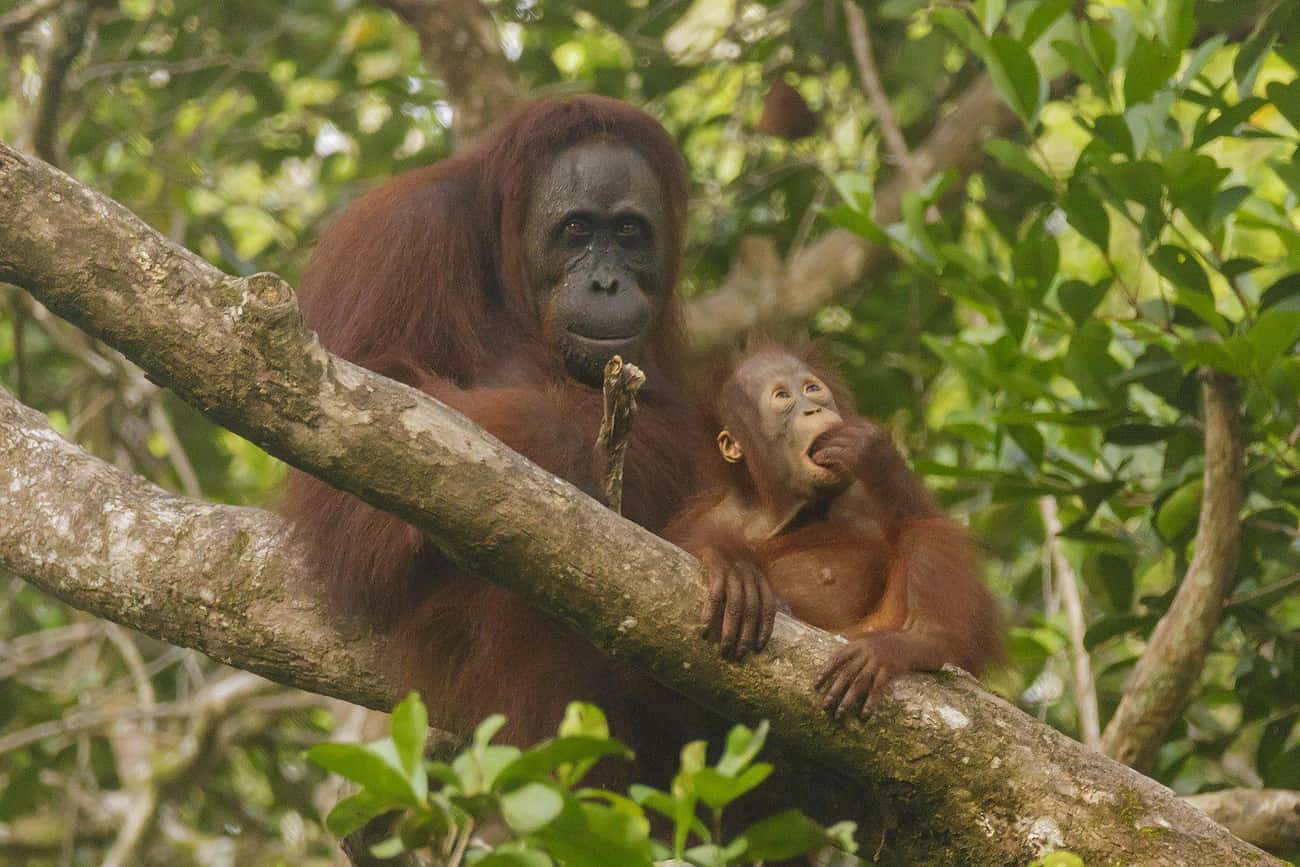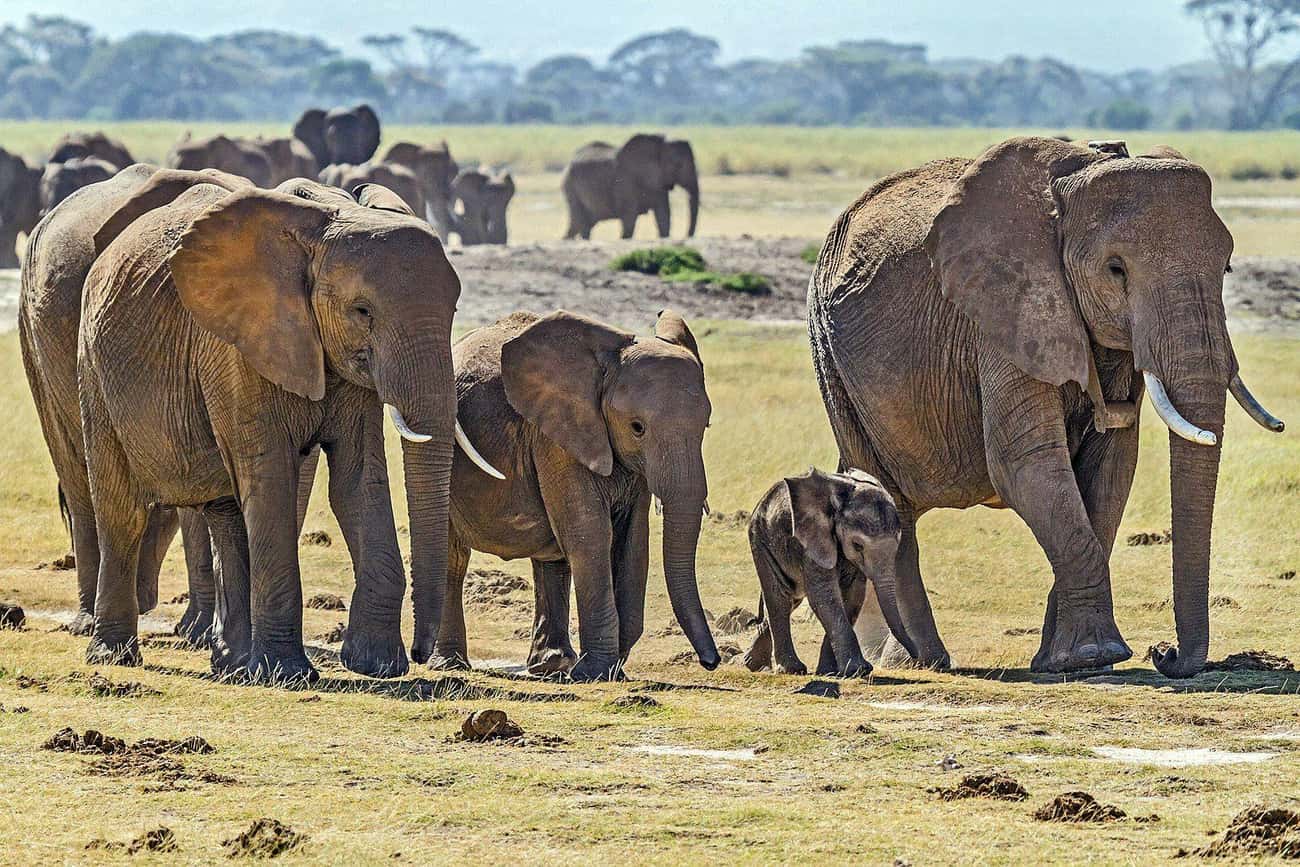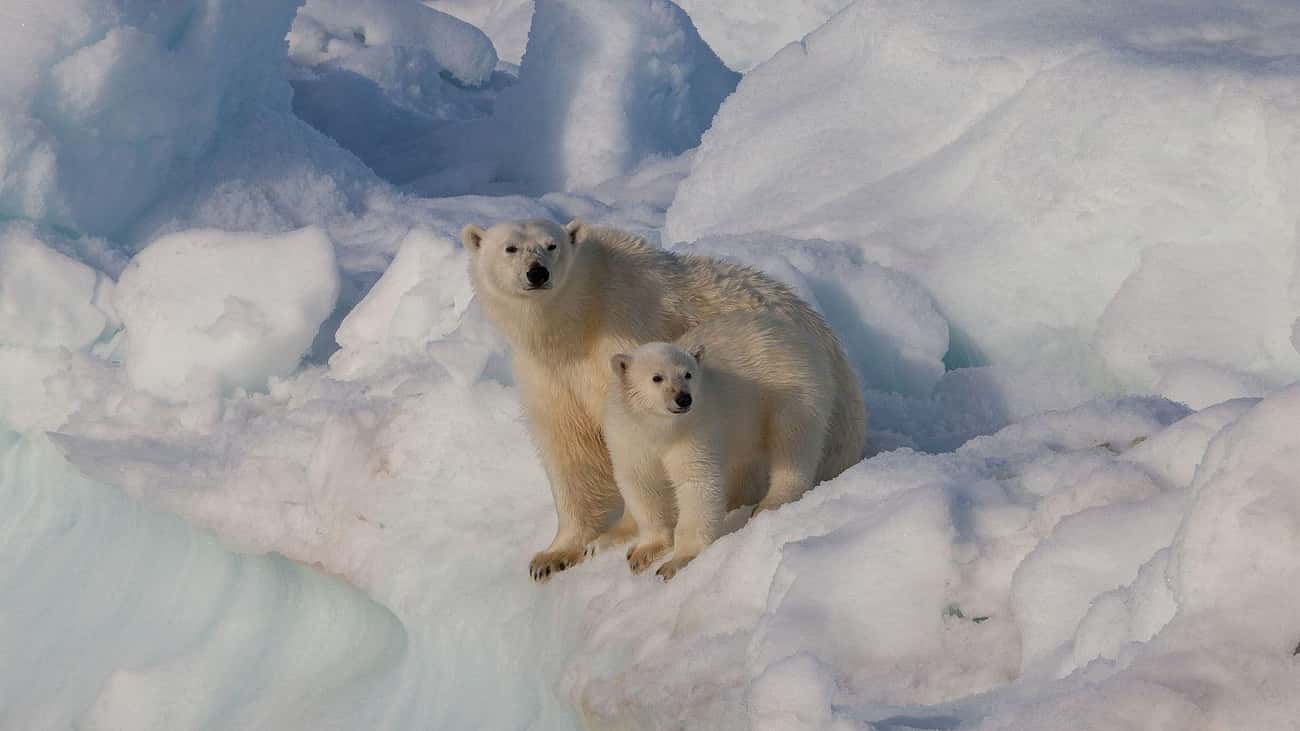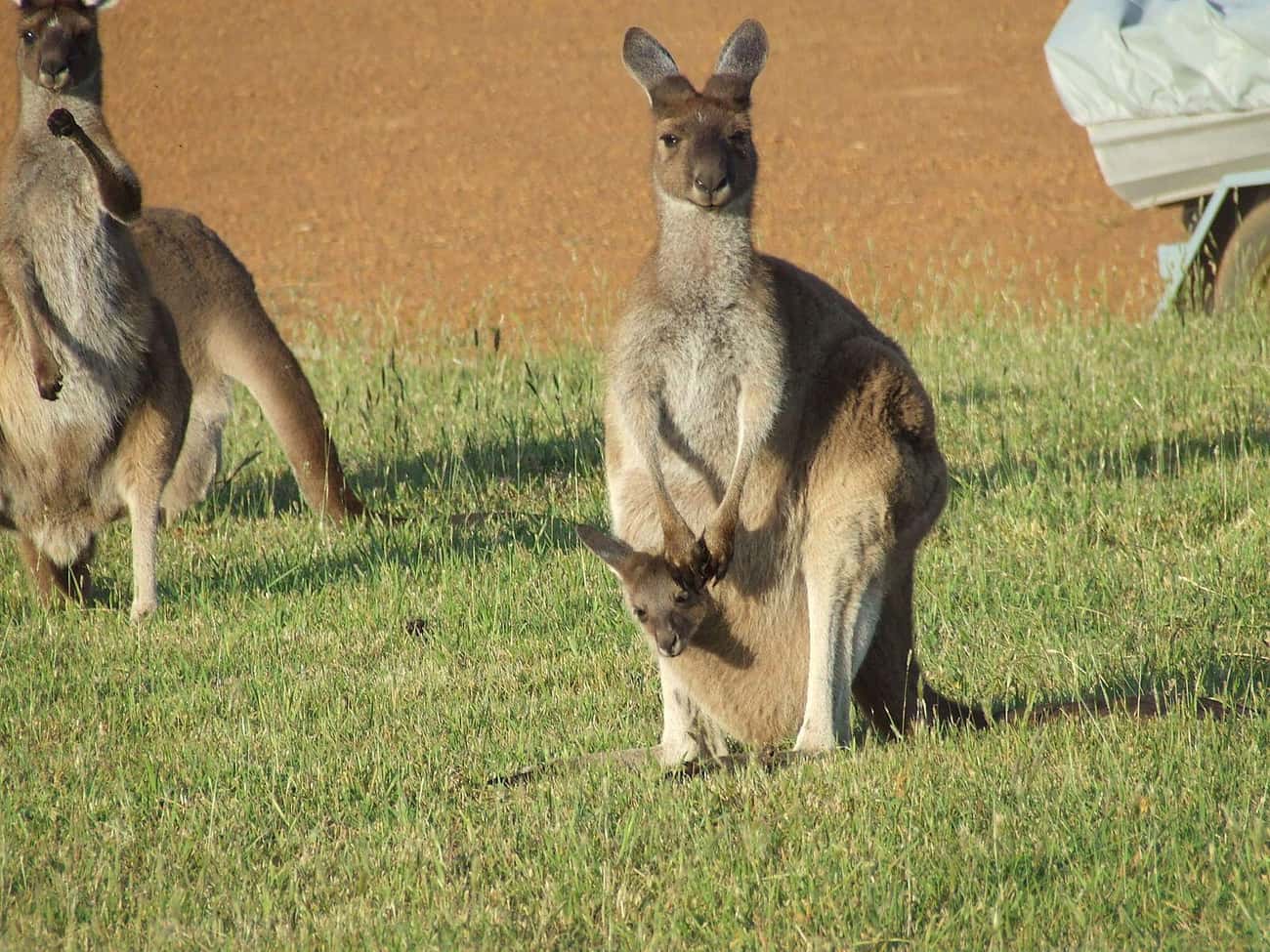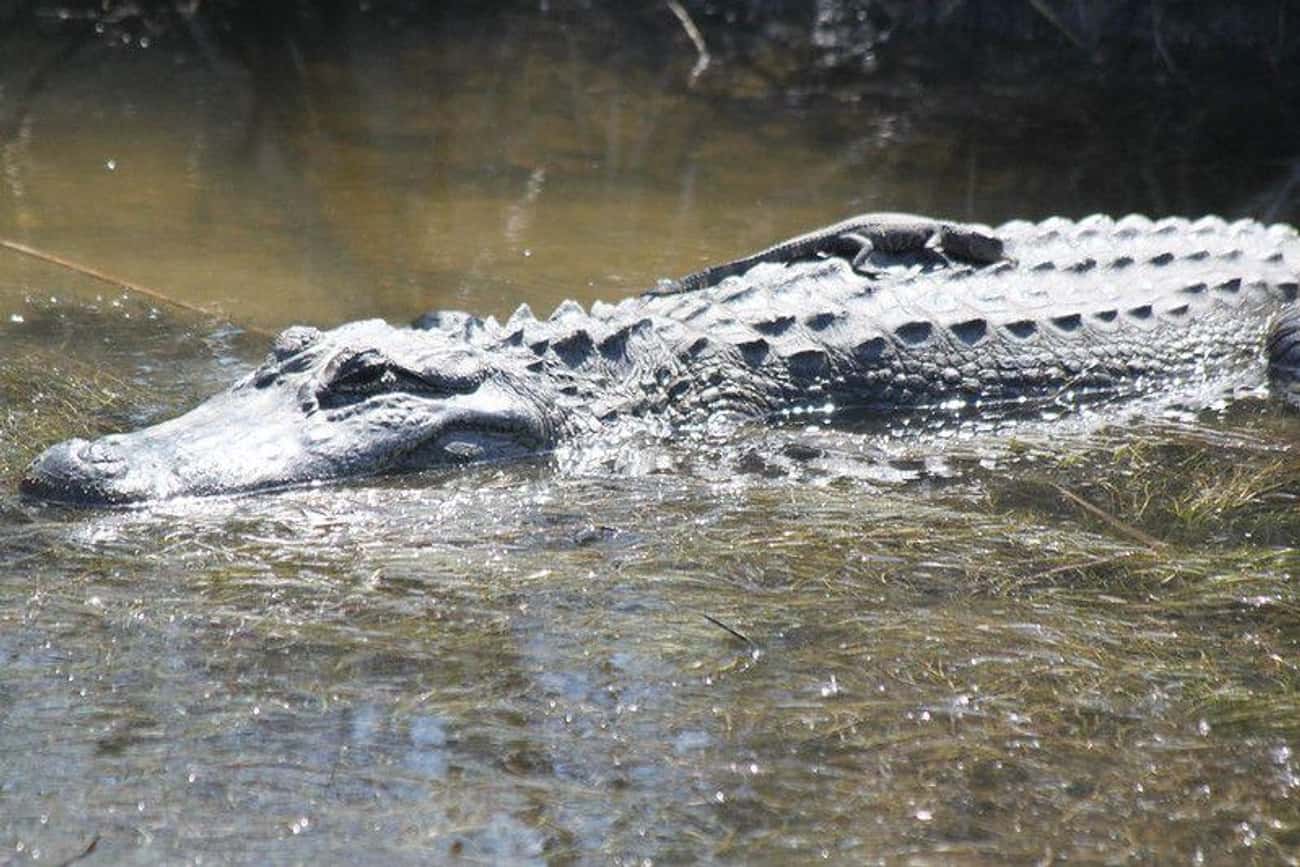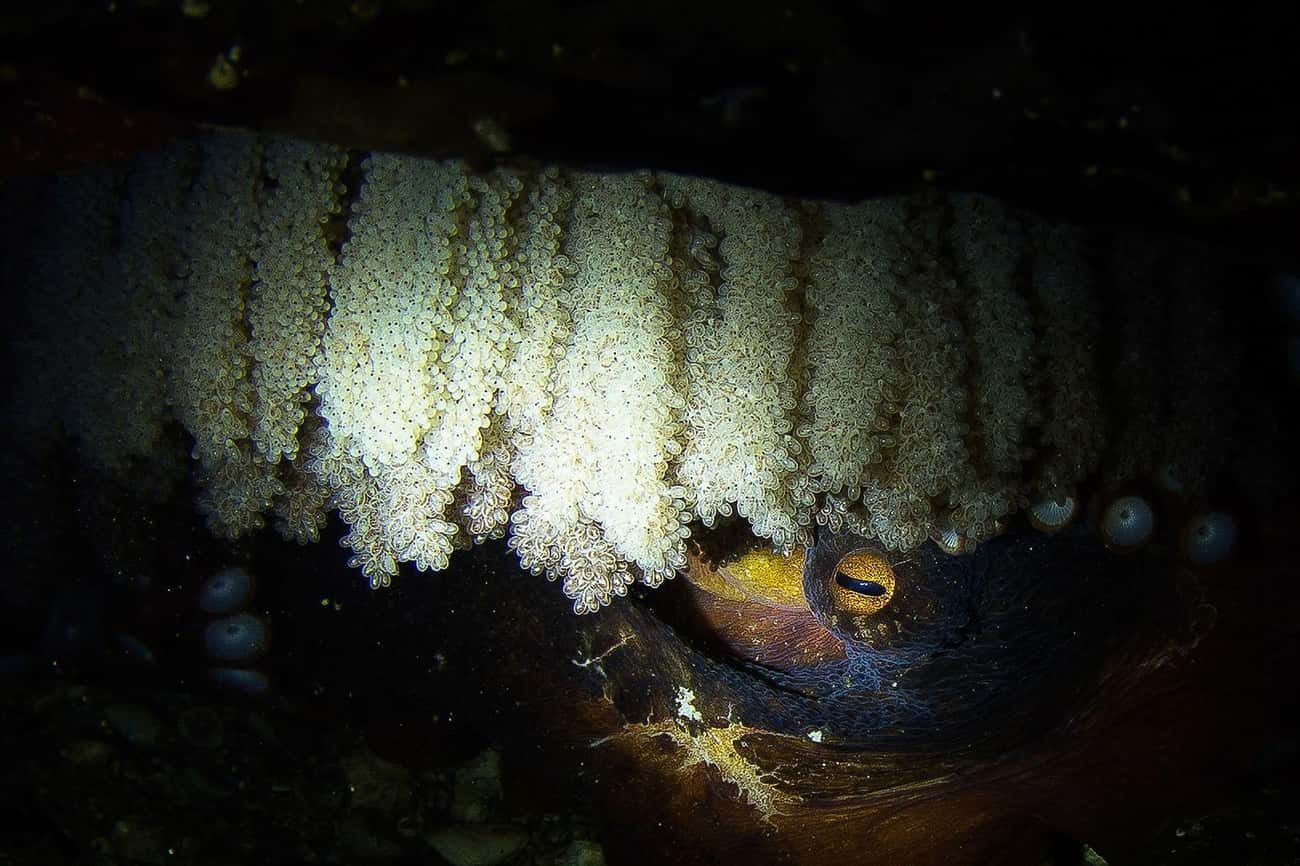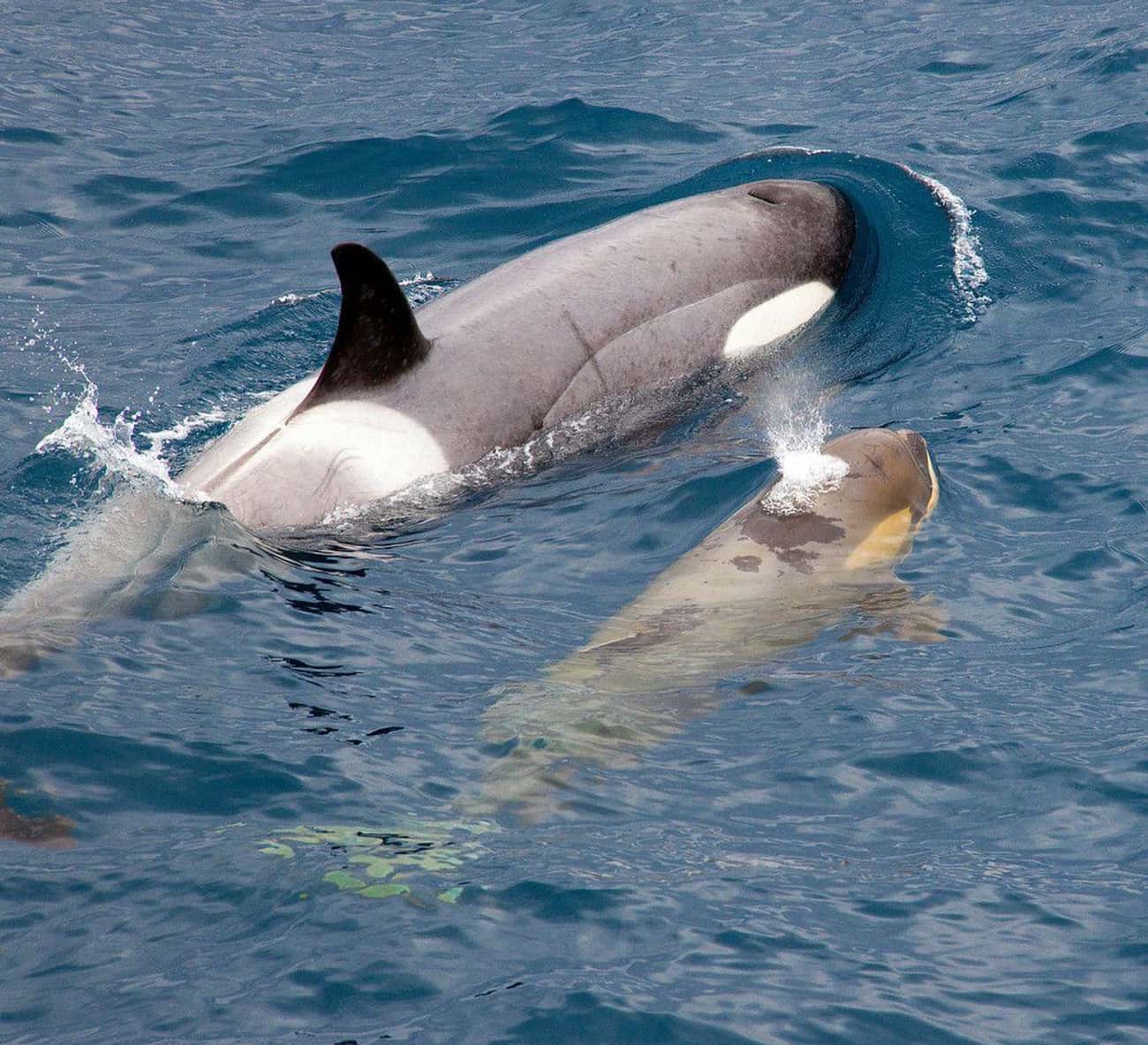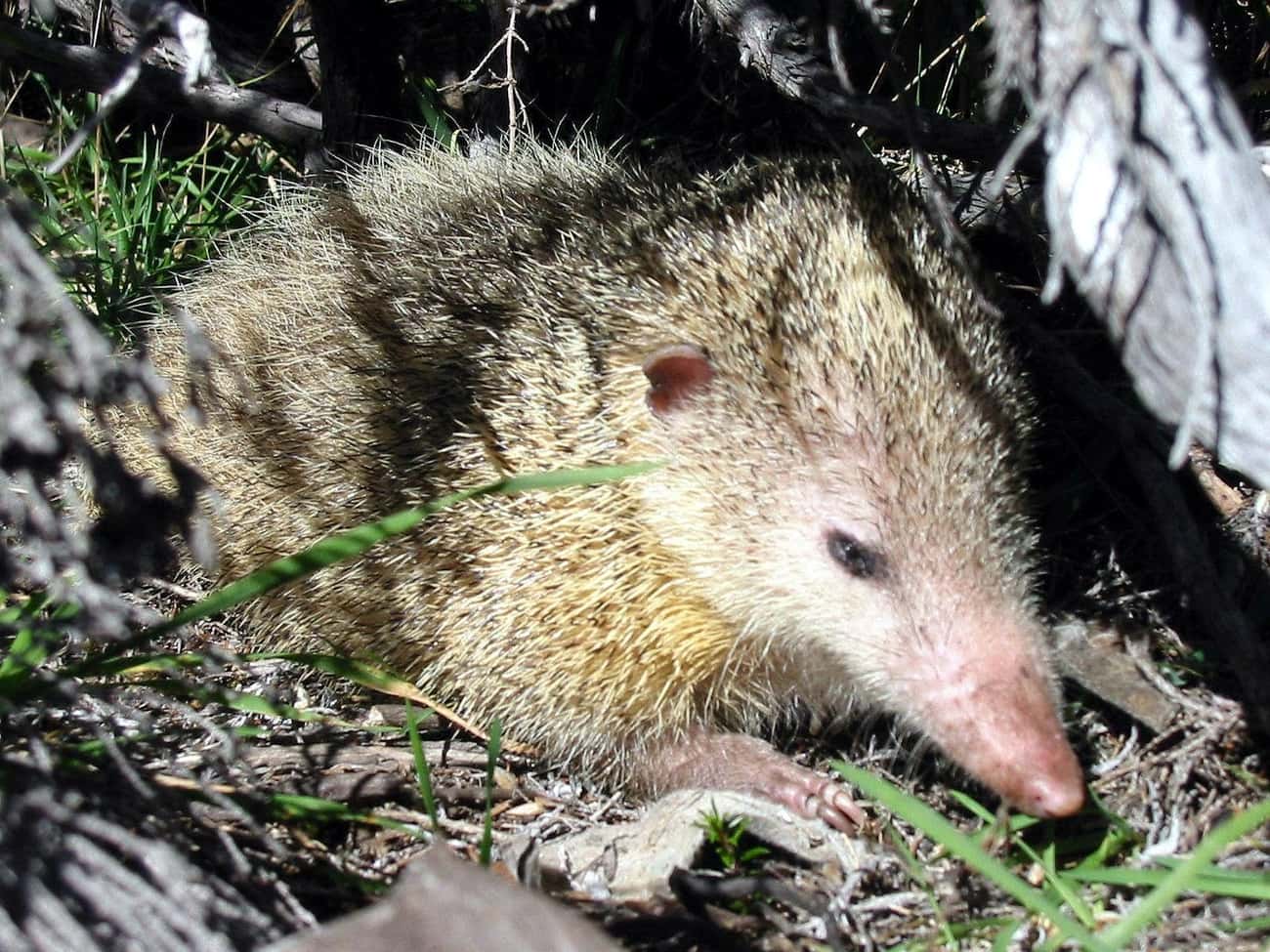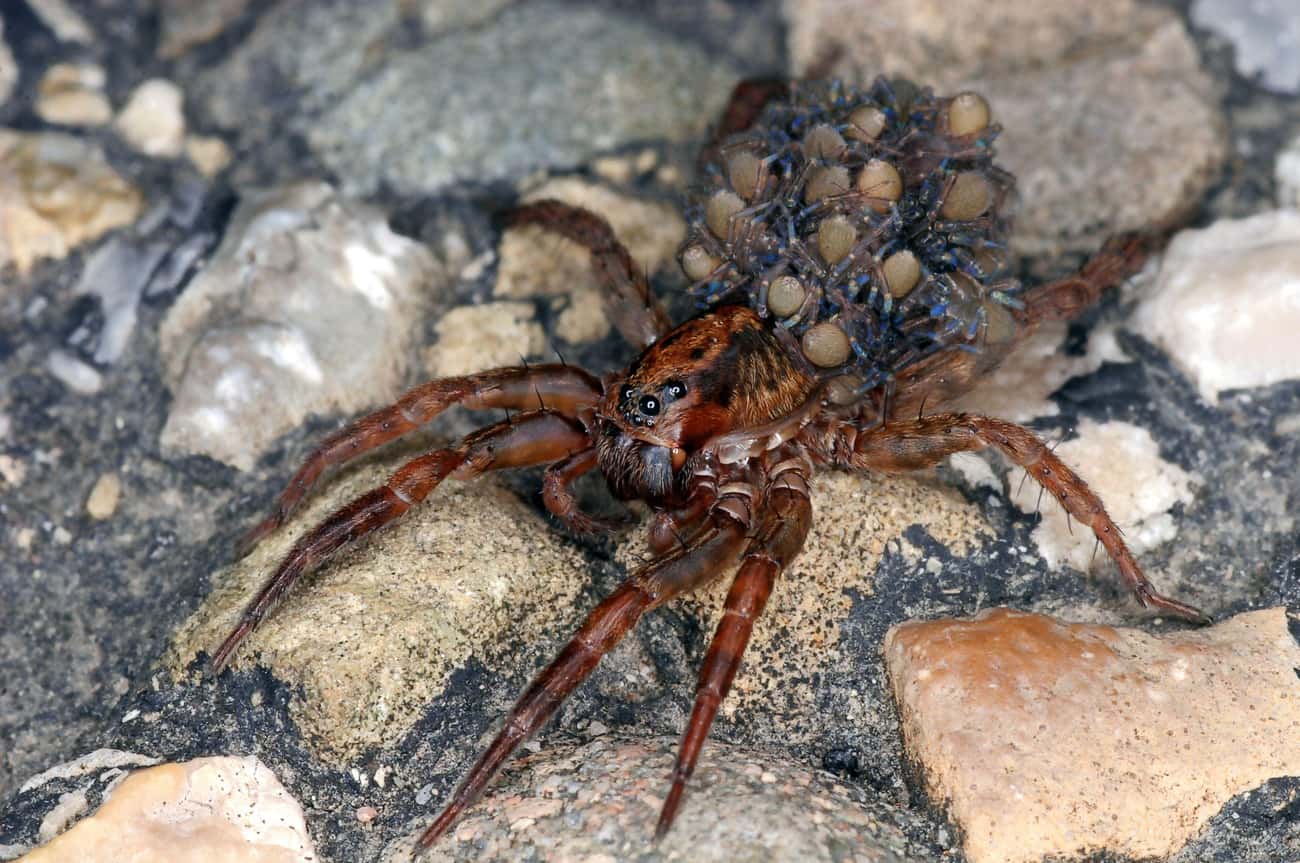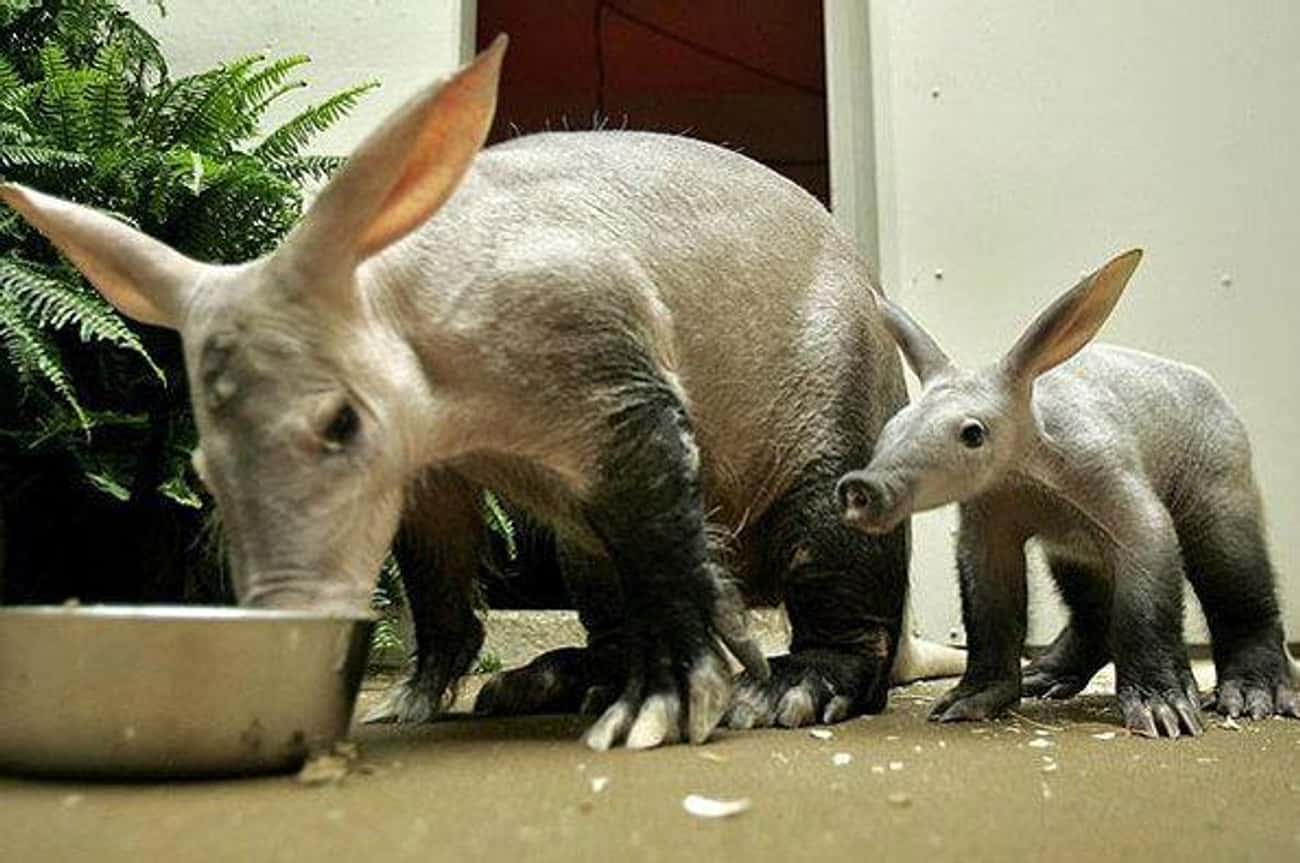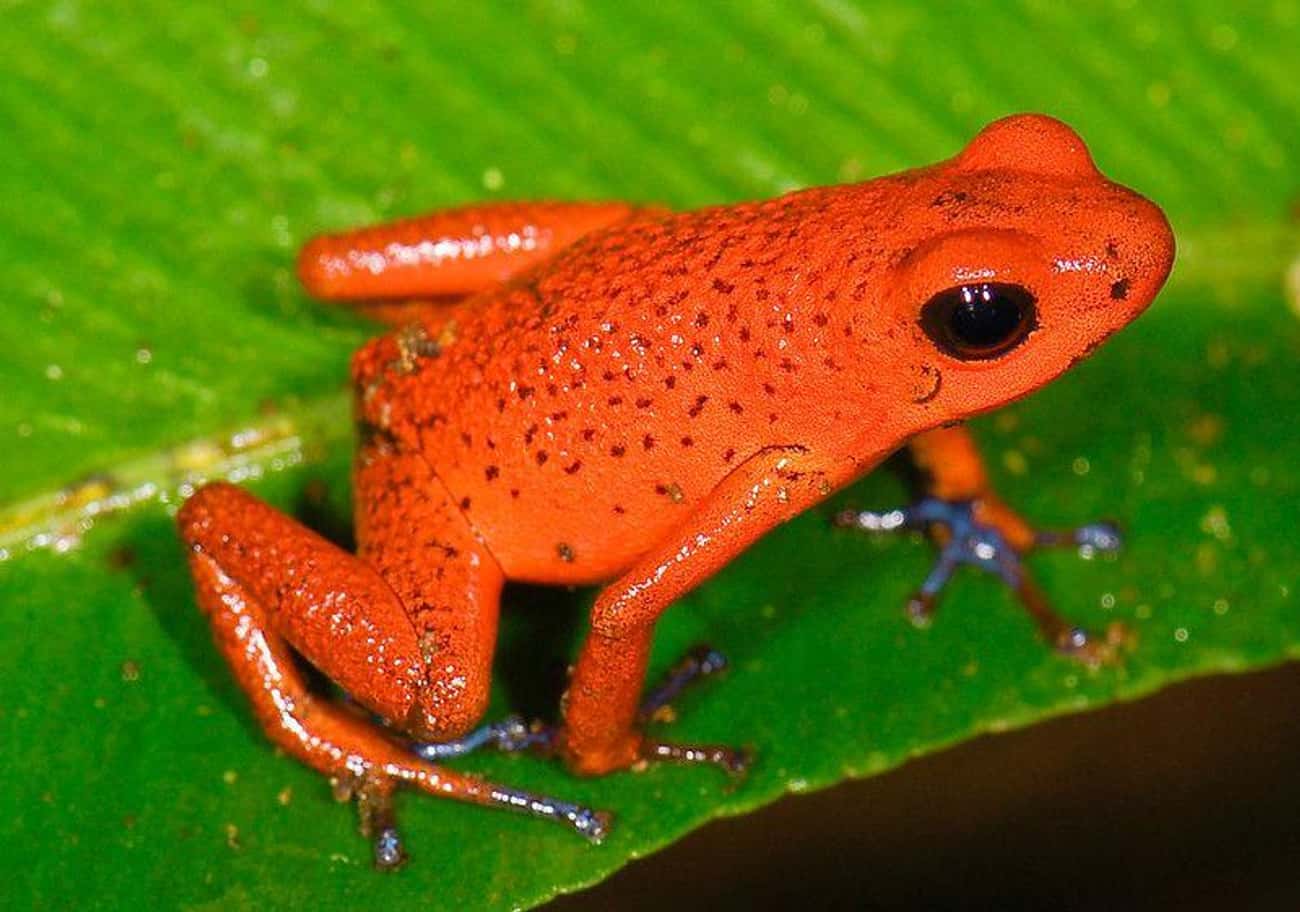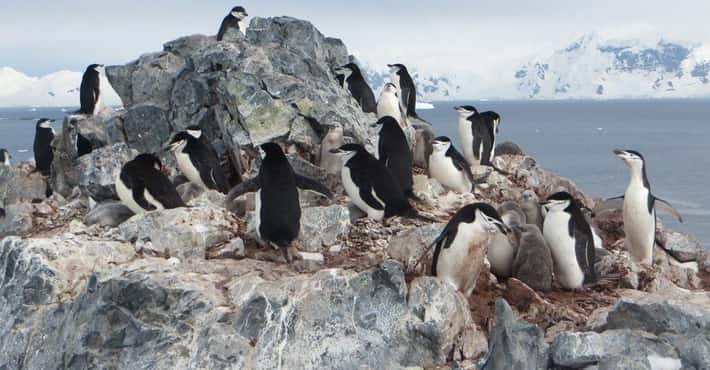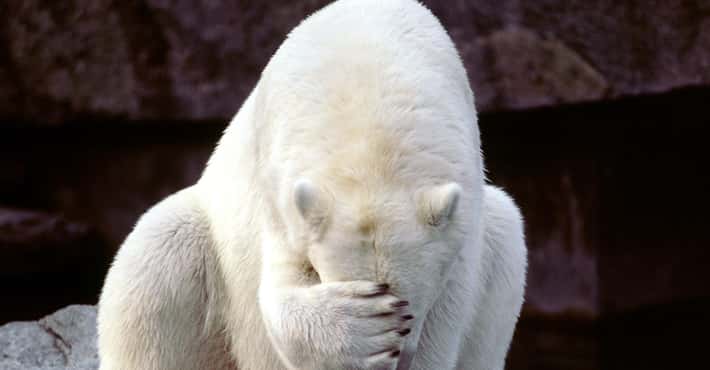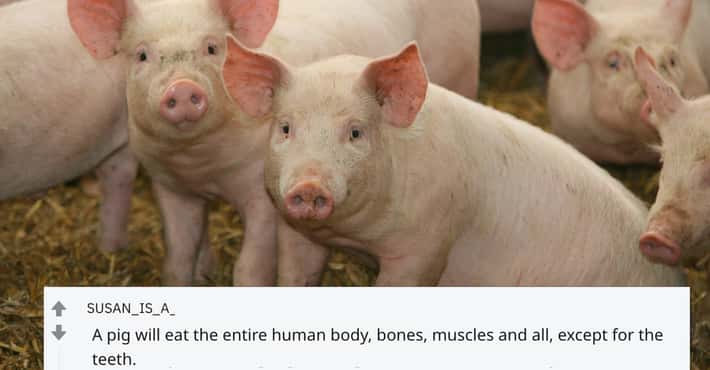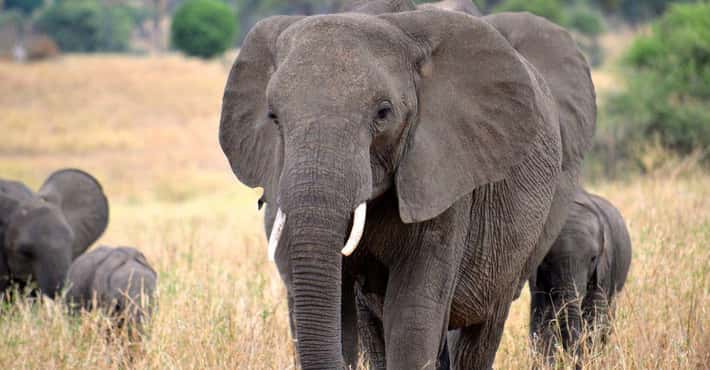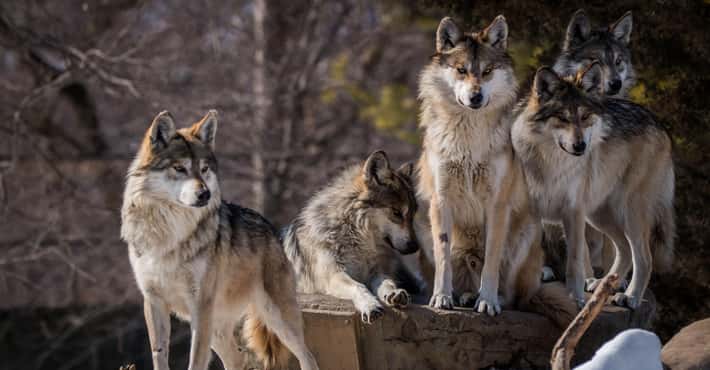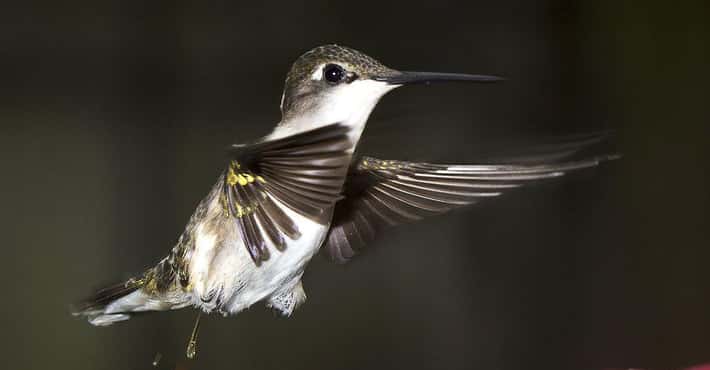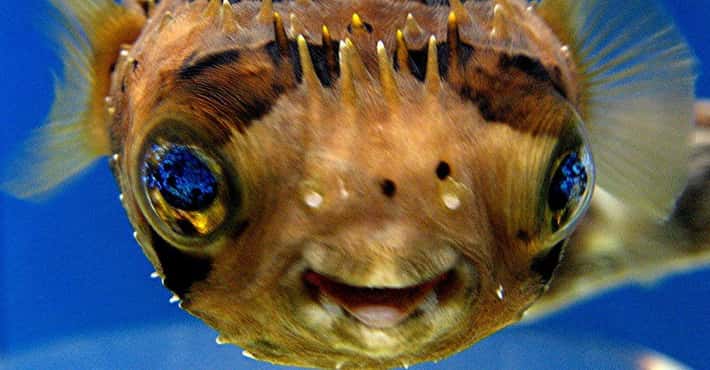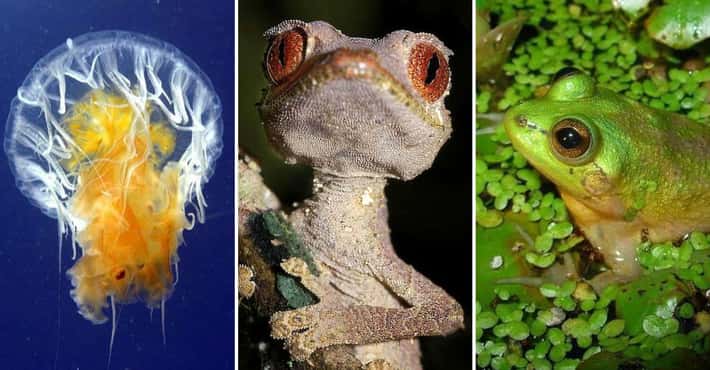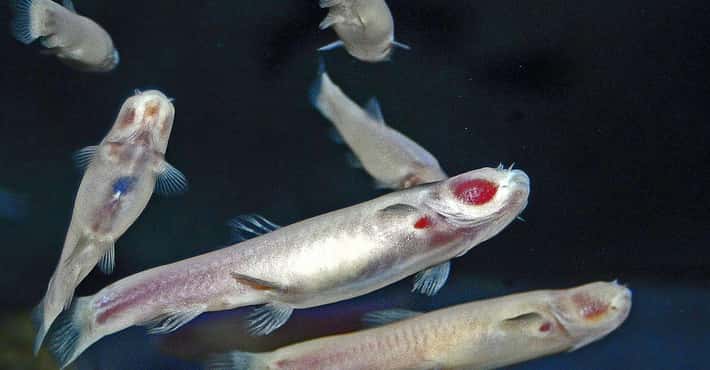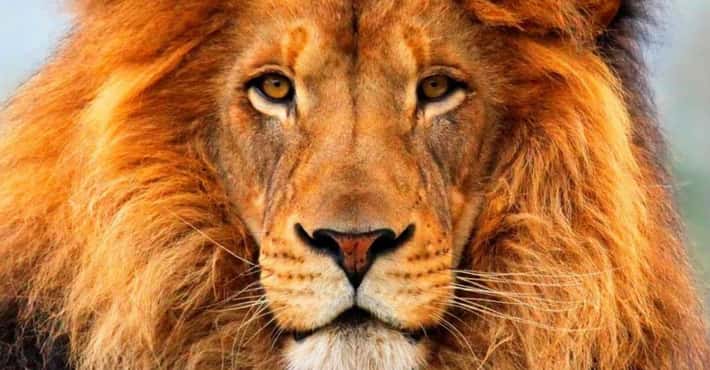Single Moms Of The Animal Kingdom Doin' It For Themselves
- Photo: Thomas Fuhrmann / Wikimedia Commons / CC-BY-SA 4.0
One of the most intelligent creatures in nature, it’s no surprise orangutans would form strong bonds with their young. In the wild, orangutan fathers play no role in childcare, so the mothers have to go above and beyond the call of duty. Of all mammals, orangutans are the slowest to fully develop and gain independence from their mothers.
Much like humans, the first two years of an orangutan's life are spent as a defenseless baby that requires its mother's help to eat and move around. Throughout their youth, they are extremely dependent on their mothers, often breastfeeding until eight years of age. At age 10, they finally move on and fully embrace independence, giving their mothers a much-needed break.
Elephant Grandmas Help Raise Their Grandaughters
Photo: Benh LIEU SONG / Wikimedia Commons / CC-BY-SA 2.0These massive creatures are the largest land animals on earth, and their empathy and intelligence has made them one of the most beloved. They have complex social lives, and a maternal society that puts grandma at the top. Each family of elephants has a matriarch, and she’s usually the mother of most of the family.
Elephants have the longest gestation period of any mammal, and they can be pregnant for up to two years before giving birth. This extra time in the womb allows their baby's brains and bodies to become highly developed before birth, giving them an advantage in their early lives. Female calves will often stay with her mother's heard for life, while males are banished upon puberty. While mom does a lot of the heavy lifting when it comes to raising a calf, studies have shown that calves who have a close relationship with their grandmother have a much higher success rate than those who don’t.
More Elephant- Dig Deeper...The Best Elephant Movies
- And Deeper...What It's Like To Be Killed By An Elephant
- #28 of 88 onAnimals with the Cutest Babies
Polar Bear Moms Will Fight To The End For Their Babies
Photo: AWeith / Wikimedia Commons / CC-BY-SA 4.0Polar bears are the largest terrestrial carnivores on earth, but their ferocious appetite doesn’t make them any less loving when it comes to their cubs. Mother bears tend to give birth to two cubs, although occasionally triplets will occur. The first order of business for an expectant polar bear mother is to dig a den deep in the snow where she'll have her cubs.
Once born, a polar bear’s cubs will stick by her side for over two years, soaking up all of her knowledge about survival in one of the harshest environments on earth. She will protect her cubs with her life, often from aggressive males who have no involvement in child raising and will often attempt to cannibalize cubs. These brave mothers battle the elements and other bears to ensure their offspring have the greatest chances of success in the wild.
- Photo: Tom Lind / Wikimedia Commons / Public Domain
Kangaroos belong to a unique group of mammals known as marsupials who, unlike traditional mammals, give birth to premature young who finish their development in a specialized pouch near the mother’s belly. They have a rare ability to put their own pregnancies on hold if they decide the conditions are not perfect, basically utilizing a form of natural birth control.
Mother kangaroos raise their joeys by themselves, and the amount of children they can have at once would be overwhelming to most people. That’s because kangaroos actually have two uteruses and three vaginas, allowing them to have as many babies as possible. A kangaroo can have two babies at different stages of development in her wombs, one joey developing in her pouch, and another hopping around beside her all at once. Now that’s some serious multitasking
Caecilians Sacrifice Their Bodies So Their Babies Can Eat
Photo: Wilkinson M, Sherratt E, Starace F, Gower DJ (2013) / Wikimedia Commons / CC BY 2.5These bizarre, snake-like creatures are actually more closely related to frogs and salamanders than snakes or worms. They are amphibians, and many are found deep underground, where the darkness has led to the loss of their eyes. If their blindness and appearance weren’t enough to weird you out, research into their parenting techniques revealed one of the most bizarre mother-child relationships in the animal kingdom.
Some species of caecilians give birth to live young, and the mother will voluntarily stick with her babies and allow them to feed off of her own flesh. She doesn’t seem to mind, even though she can lose up to 14% of her body weight this way. While this may seem horrifying, the process is completely natural and even has a happy ending. Mothers are able to grow back the missing skin with relative ease, and will continue to live long, healthy lives after their babies mature.
Alligator Moms Are Surprisingly Tender
Photo: Adventures of KM&G-Morris / Flickr / CC-BY-NC-ND 2.0A rarity among reptiles, American alligators are ferociously devoted mothers who spend a lot of their time and effort looking after their young. It all starts when mother gators build their nests, which can be up to 10 feet wide and three feet tall. They lay their eggs, usually between 35 and 50, and then go about carefully regulating the temperature of the nest. Using vegetation, the mother can insulate her nests and control how hot or cold her eggs are. This is very important, because temperature determines a baby’s sex; warmer eggs are more likely to produce males, while cooler eggs tend to produce females. After birth, baby alligators all live together with their mothers, who viciously defend their young for the first few years of their lives.
- Photo: 운짱 / Wikimedia Commons / CC BY-SA 2.0 KR
The north Pacific giant octopus is the largest octopus in the world, and an individual can weigh up to 600 pounds and measure over 30 feet. Despite their large size, these animals live relatively short lives, usually dying at only four years old. Reproduction plays a large part in this premature death, and the mothers tend to have the hardest of it.
They can lay up to 100,000 eggs, and will watch over all of them until they hatch. During this time, the mother will not eat, devoting all of her energy to protecting her nest. When the young finally hatches, the mother is often too weak to catch food. Sadly, most octopus mothers don’t survive long, but their young have a better chance of surviving in the harsh ocean.
- Photo: Christopher Michel / Wikimedia Commons / CC-BY 2.0
Also known as killer whales, orcas are marine mammals known for their intelligence and physical beauty. When it comes to baby orcas the males are nowhere to be found, leaving the mothers to raise their young on their own. Orcas have very long pregnancies, up to 18 months in some cases, and mothers will stay with their young until they are large enough to defend themselves from potential predators. On some occasions, other young females will assist mothers in raising their young.
Tenrec Moms Take Care Of 32 Kids By Themselves
Photo: Markus Fink / Wikimedia Commons / CC-BY-SA 3.0The common tenrec is a small mammal endemic to Madagascar and some other African islands. While they may be tiny, tenrec moms have some of the craziest pregnancies of any mammal. They can give birth to litters of up to 32 pups, making them one of the most fertile mammals in the world. You may think she would want to abandon her young after such a difficult pregnancy, but this mom stays with her pups even after they wean.
- Photo: Valerius Geng / Wikimedia Commons / CC-BY-SA 3.0
Although spider can be scary, some species are known for their caring attitude toward their young. While many spiders abandon their eggs after laying them, the wolf spider keeps hers close. First she carefully wraps the eggs in silk, then she attaches her egg sacs to her abdomen - as many as 100 eggs - and carry them around everywhere she goes. Once they hatch, the babies will continue to ride around on their moms back for up to a week, seemingly okay with their crowded quarters.
- Photo: Scotto Bear / Wikimedia Commons / CC-BY-SA 2.0
Aardvarks are small, insectivorous mammals that use their massive claws to reach ants and termites hiding deep underground. They are caring mothers who dig dens for their young and stays with them until they are old enough to fend for themselves. Some aardvarks will stay with their mother until the next baby is born, and the moms take care of all these babies themselves. Offspring will accompany their moms when they forage at night, learning everything they need to know about hunting bugs.
- Photo: Marshal Hedin / Flickr / CC-BY-SA 2.0
These Central American frogs are known for their bright colors and poisonous skin, but they are also devoted mothers who go above and beyond to ensure the survival of their tadpoles. Males only stick around for about week after the eggs are laid, and soon depart after they hatch. This leaves the moms to take care of the tadpoles, and she does so in a very unique way. One by one, she ferries her offspring up toward the rainforest canopy and deposits them in plants, safe from the threats on the ground. She will return to her tadpoles for up to 50 days to feed them, long enough for them to grow their legs and survive on their own.


